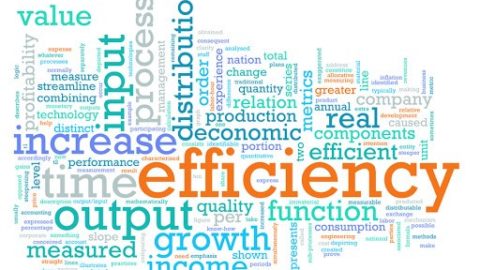Efficient production is a term used to describe a model of production in which a product or commodity cannot continue to increase output without scaling or reducing the output of another product. In fact, the efficient production model is a common goal for all manufacturers.
In economics, production efficiency is estimated by production capacity boundaries, typically by number of workers, equipment capacity and financial resources. In addition, the management aspect and the potential for improvement are also the measures that significantly affect an effective production management model.
The primary goal of effective production management is to evaluate and ensure that employees are performing their duties effectively and satisfactorily, while contributing to the completion of their tasks. business goals of the entire organization. It helps align goals with Key Performance Indicators (KPIs) criteria in an organization both vertically and horizontally across all job types and levels and by That helps to effectively manage all operations from the start.
Here’s a standard process that can help you easily set up an effective production management model right in your business:
- Define organizational goals by gathering resource parameters, thereby quantifying efficient production goals; Incorporate with the goal of providing products and services in the future so as not to interrupt the process;
- Identify whether processes or procedures can be simplified or implemented more effectively;
- Share your vision for a better connection between departments and employees.
- Accompany your employees for short-term goals; Encourage them by recognizing their efforts at work;
- Share some of the weaknesses you see in them and their work habits, and how to fix those that will help their performance in the company;
- Determine what specific things you want them to do next year, or whatever timeframes work best for you. Prioritize these so the employees know which is most important and be sure to give them a deadline for each task.
- Employee performance rating: At each performance review, let employees know how they’re doing. It is very useful to assign a numerical value on the scale, evaluating the employee from “not meeting expectations” to “meeting expectations” to “exceeding expectations.”
- Provide feedback through performance data;
- Discuss any problems employees may encounter. Hear out anxiety as you talk through their potential solutions.
(To be continued)
Productivity and Quality Office
